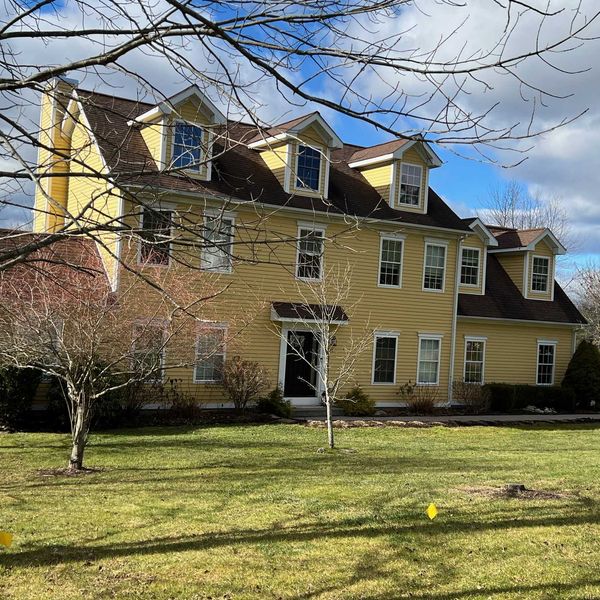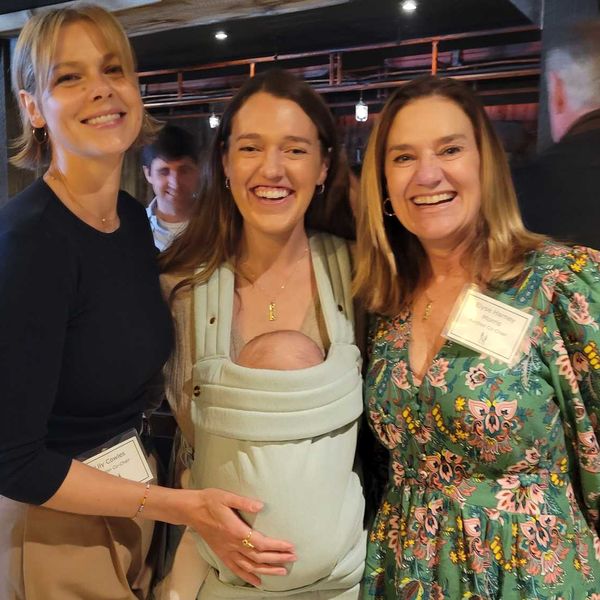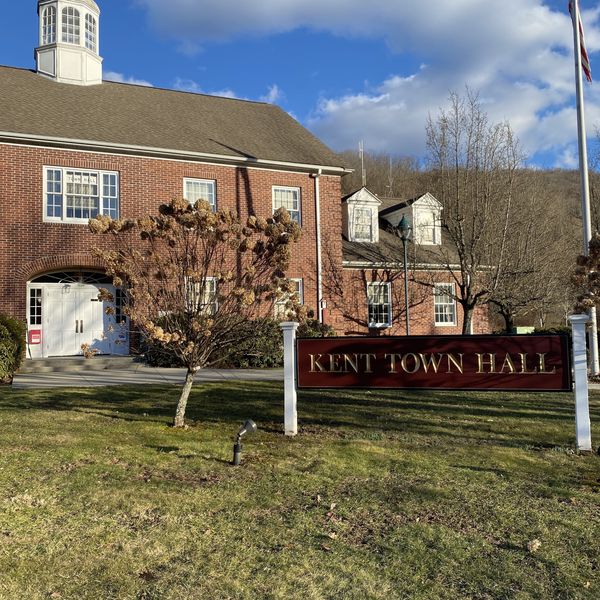Norfolk marks midwinter with Imbolc
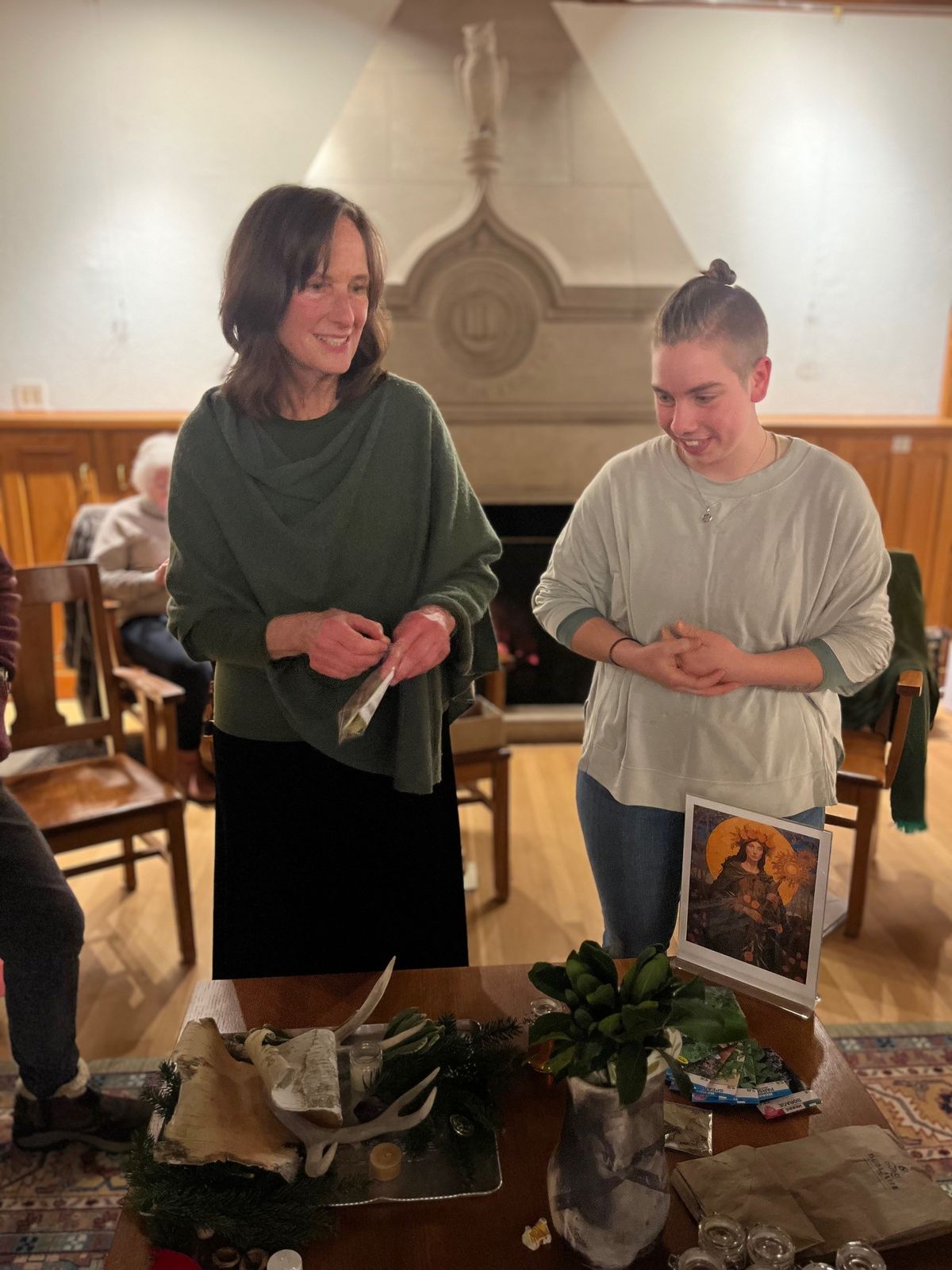
Imbolc, also known as St. Brigid’s Day, marks the midway point between the solstice and the equinox on Feb. 1. Eileen Fitzgibbons, left, and Bina Thomson led a workshop at Norfolk Library on the holiday to share the history and traditions.
Mike Cobb
 Eileen Fitzgibbons shared her knowledge of Imbolc on Feb. 1.Mike Cobb
Eileen Fitzgibbons shared her knowledge of Imbolc on Feb. 1.Mike Cobb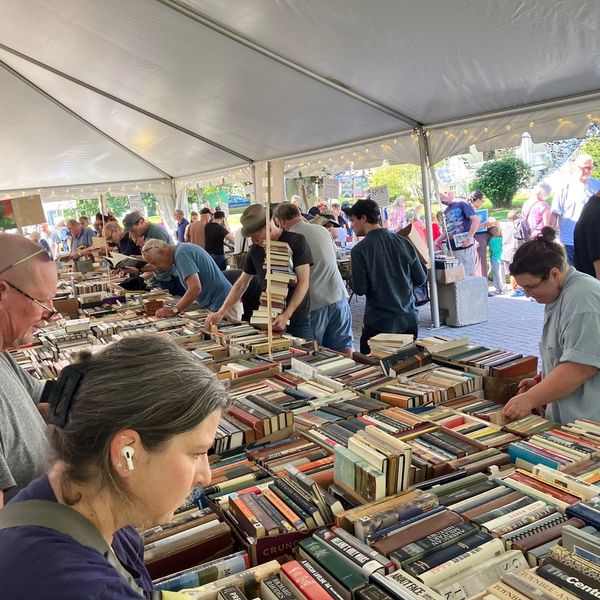
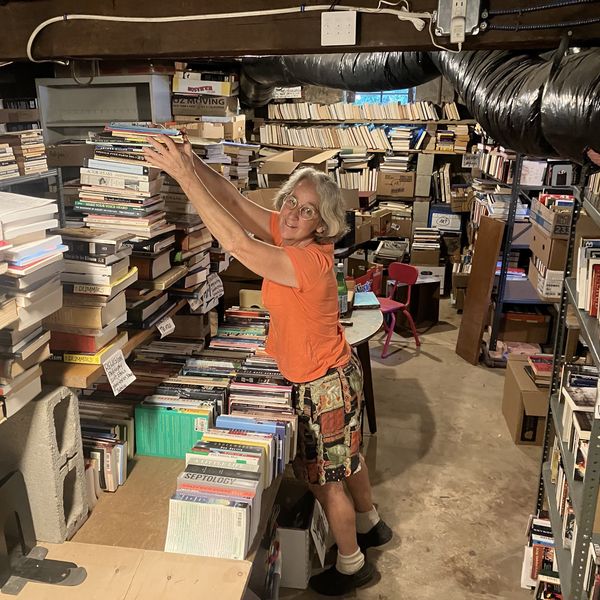









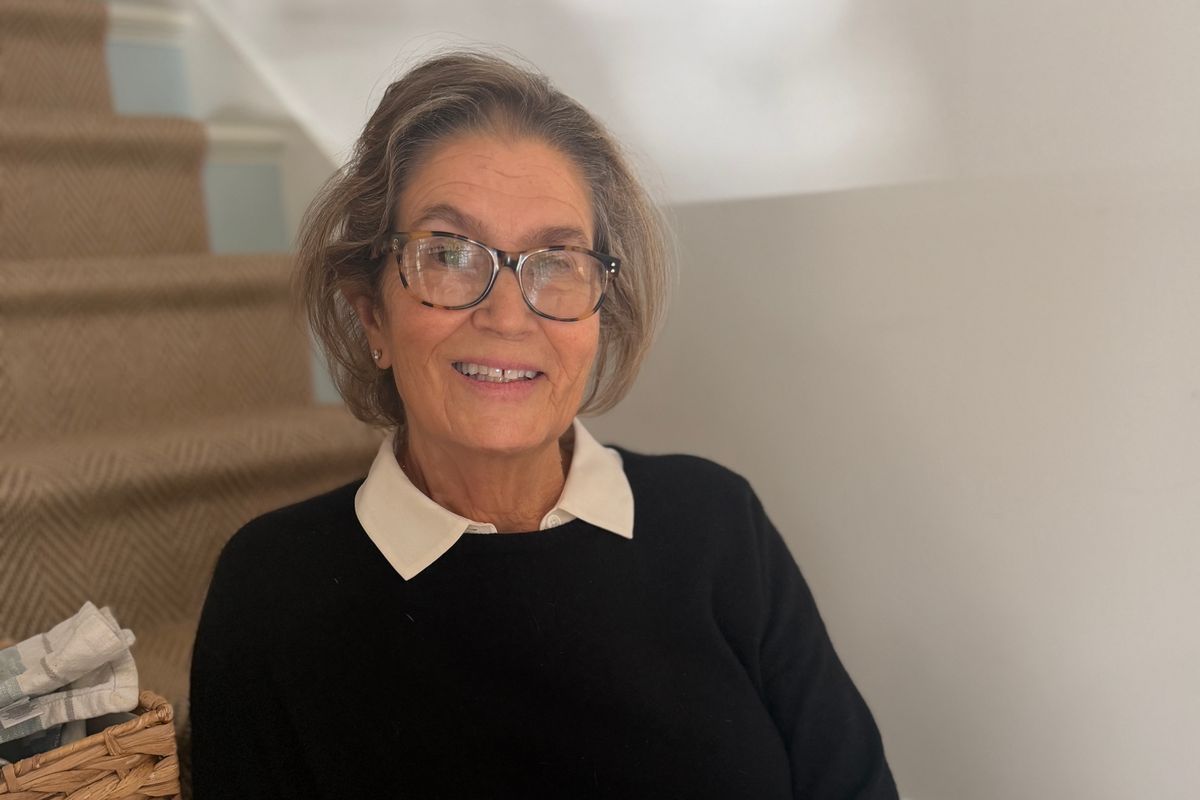
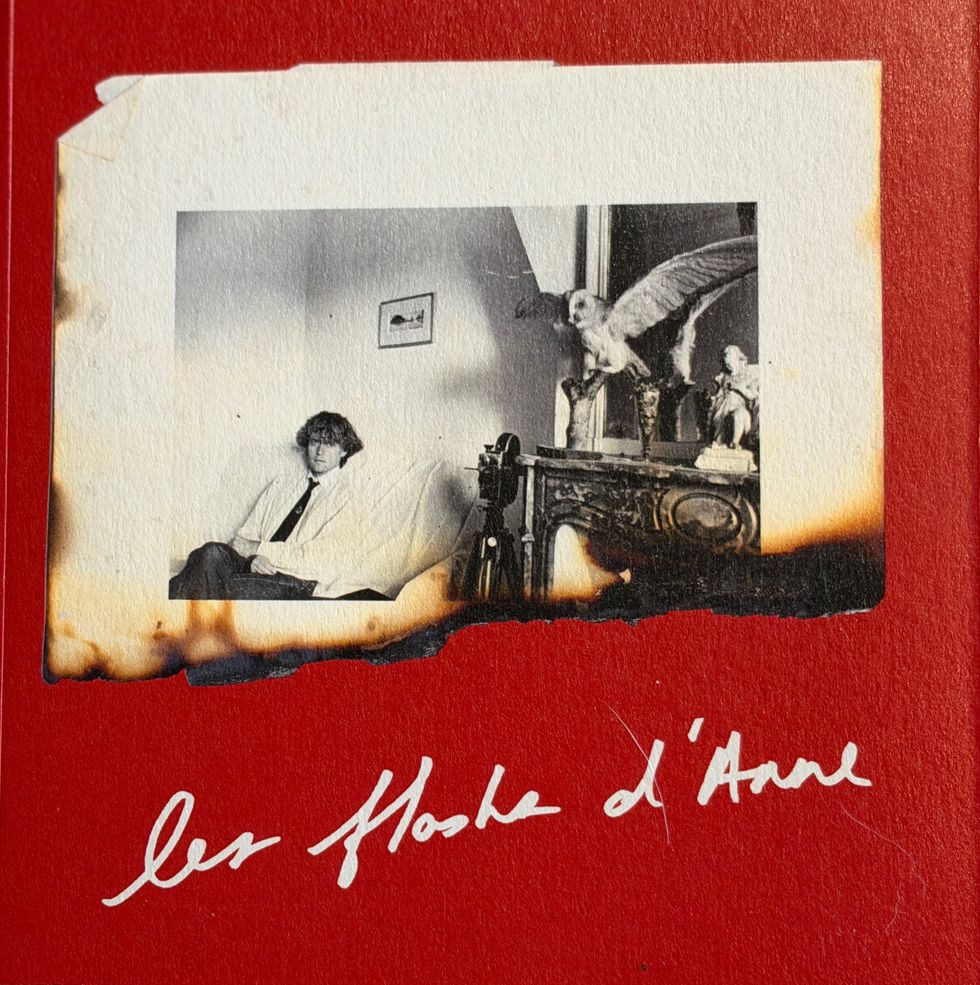 Cover of “Les Flashs d’Anne”Jennifer Almquist
Cover of “Les Flashs d’Anne”Jennifer Almquist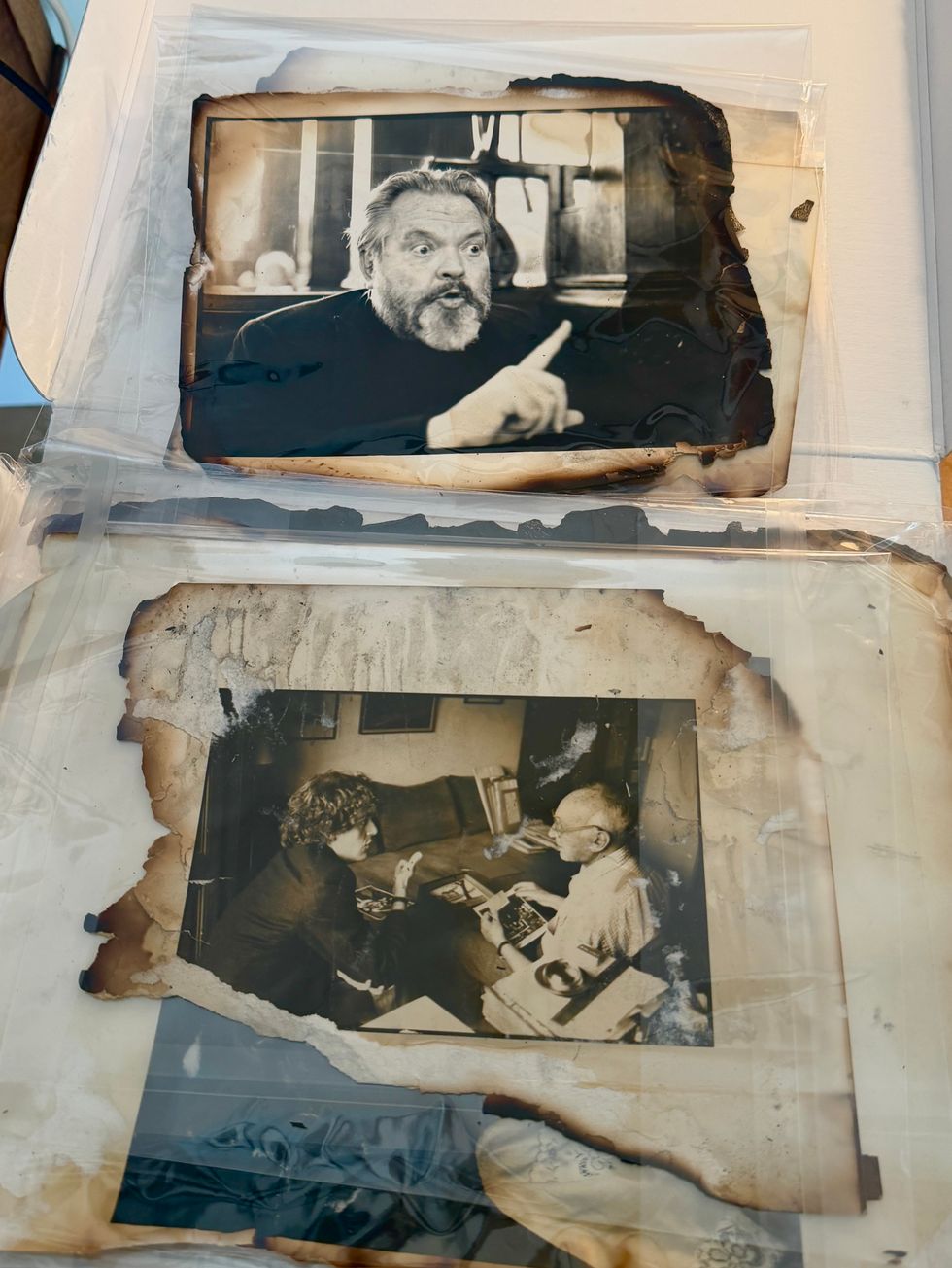 Orson Welles, top, and Hervé Guibert and André Kertész by Anne DayJennifer Almquist
Orson Welles, top, and Hervé Guibert and André Kertész by Anne DayJennifer Almquist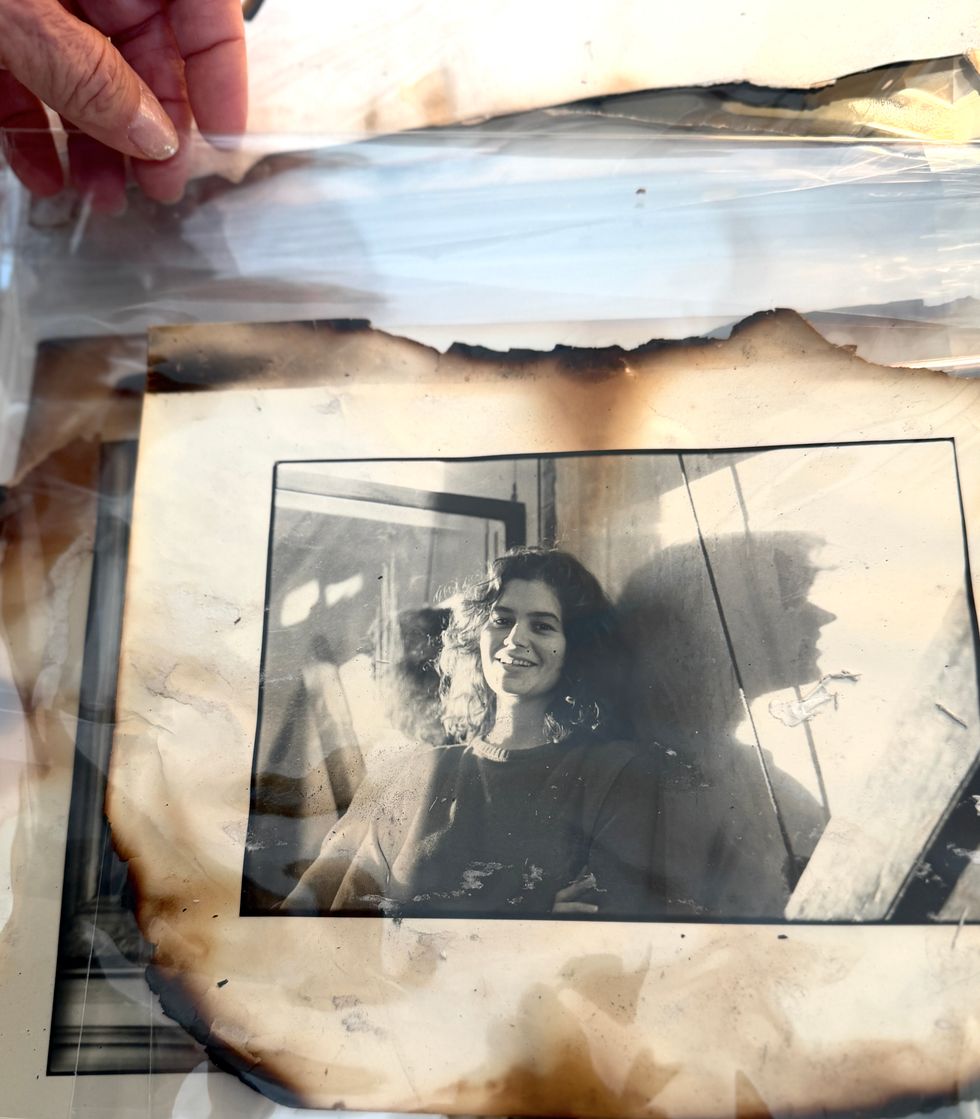 Self-portrait, New York City, 1981by Anne DayJennifer Almquist
Self-portrait, New York City, 1981by Anne DayJennifer Almquist

